Discovering Black History – 18th Century Virginia
As a historical fiction writer, it’s important to research the era the story is set in to get a broad understanding of the customs, laws, beliefs and struggles of the people living in those times. My novel To Rescue a Witch and the soon-to-be-published prequel To Condemn a Witch have signification portions of the story set on a tobacco plantation in Williamsburg, Virginia.
Slavery is a worldwide stain that goes back millennium, of course so in this post I’m narrowing the focus to share some of the research I discovered specific to slavery in Virginia colony between 1730-1740. It includes links to websites, living history museums like Colonial Williamsburg, Shirley Plantation and Jamestown Settlement, and primary sources if you’d like to learn more about this aspect of American history.
Why Did Colonists Want Slaves?
Let’s start with some general information. The triangular trade fueled the 18th century economy. Europeans traded manufactured goods for captured Africans who were then sold to the Americas as slaves to work in the fields harvesting crops such as tobacco, cotton and corn. Many Africans ended up in Brazil, the West Indies and British colonies. The trip to North America was called middle passage and it was beyond brutal.
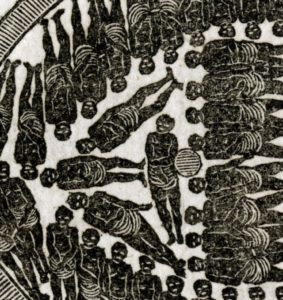
Slavery vs. Indentured Servitude
Slavery was similar to indentured servitude (another awful practice) but worse in some key ways. Indentured servitude meant a person was owned by a master for a fixed period of time and could eventually become free again. Sometimes a convict became an indentured servant as a way for the English crown to banish its unwanted citizens, knowing most would never be able to travel back when the sentence ended. Other times indentured service was a choice. For example, if you were starving in Ireland with no chance for advancement you might enter into an agreement where the master pays for your passage from Europe to Virginia and in exchange you work for them without pay for seven years. At the end of your contract you’d be granted your freedom and a small stipend, such as clothes, a plot of land or trade tools. Slavery, on the other hand, was a life sentence and the enslaved had no say in the matter. Slavery was also an inherited state, meaning once enslaved your children and future children were automatically enslaved too.
As noted, slavery was commonplace all over the world, but once it arrived in America it had a unique element: it slowly became based on race.
Slavery Comes to Virginia
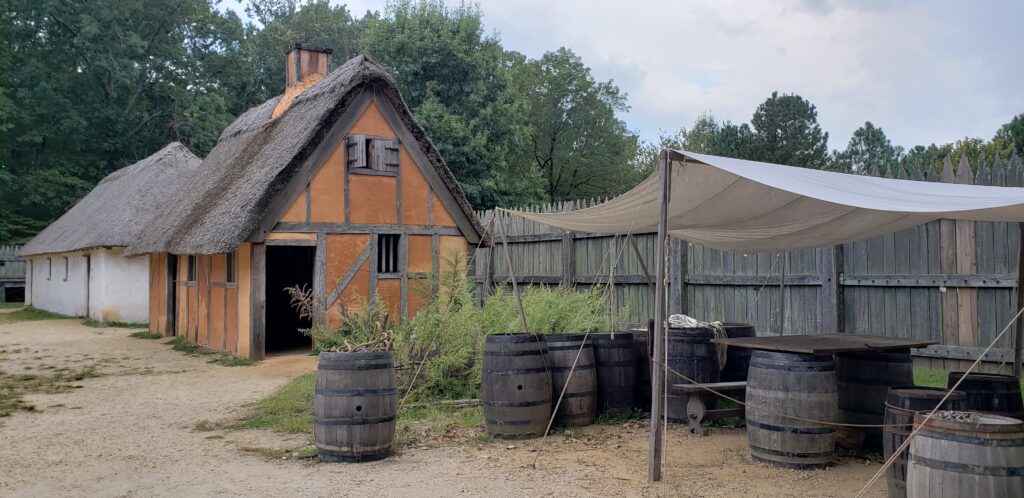
In 1619 a Portuguese slave ship traveled to Mexico with a hull full of captured men, women and children from Angola, possibly from the Ndongo and Kongo kingdoms. What they could not have known was that more then half the captured people in the hull would die and two English pirate ships would overpower them and change the course of American history.
The surviving slaves were brought to Jamestown, an English settlement established twelve years earlier. According to the English colonist John Rolfe, the ship “brought not anything but 20 and odd Negroes, which the governor and cape merchant bought.” Tobacco was a newly established crop that was profitable, so it’s likely those original twenty Africans worked in the fields.
By the end of the Civil War the enslaved population grew to 10 million people across the United States.
Pictured above is Jamestown Settlement, a living history museum I visited that shows what the colony would have looked like in the 1600s. (They also had a lot of information about the Powhatan tribe, but that’s a blog post for another day.)
The Law
It’s bizarre to think of people owning people, which is why it is significant English law specifically dehumanized the enslaved and defined slaves as property, to be bought, sold, rented out, or mortgaged.
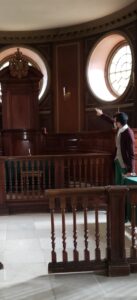
The idea that slavery was specifically tied to race evolved over time. For example, in 1656 Elizabeth Keys became the first person of African descent to sue for her freedom in court and win. Born in 1630 in Warwick County, Virginia, her mother was an enslaved African and her father was a white English farmer named Thomas Key. She was baptized but considered illegitimate and was put into indentured servitude to a judge named John Mottram and supposed to be freed at age 15. The judge also paid for passage some English servants, including a man named William Grinstead. Elizabeth and William fell in love and had a son. The judge then died. His heirs said that they now owned Elizabeth and her son because they were Black. By this point, William completed his indentured service, was a free man… and a lawyer. He sued for Elizabeth and his son to be free for a number of reasons, but the main one was that her father was a white man, and according to English law the state of a person’s bondage followed the father. Ultimately she won the case and her freedom.
But.
The elites changed the laws to ensure it worked for their benefit. Specifically, for Black people a person’s state of bondage followed the mother instead of the father, thus every child she had was born enslaved. One could argue this legal change essentially encouraged rape because the owner increased his profits by having more slave labor and faced no legal consequences for doing it.
The updated Virginia Slave Code of 1705 grew more restrictive. Among other things, it allowed masters to kill slaves without penalty, denied slaves the right to own weapons or move without written permission and forbid all slaves or even free Blacks to assault white people. The characters in my story would have been living under these laws.
Running to Freedom
Since slavery was a life sentence and the ability to purchase your freedom was rare and difficult, the default to motivate enslaved people was violence. Movies often depict whippings and the tortured reality is worse. I will list some resources at the end if you’d like to read more about it.
I read dozens of newspaper ads for runaway slaves. When they give physical descriptions you soon see how scars were common on their faces, arms, over their eyes. It was also jarring to read ads where the master was a minister, not something I expected. The ads, while in the perspective of the owner, do offer insight into what enslaved people wore, their age, what they felt important enough to take when they escaped, and the value the owner placed on them. The Yale Slavery and Abolition Portal has a ton of information from biographies, to deeds and insurance policies, to revolts and rebellions. This ad blew me away when I realized who wrote it…
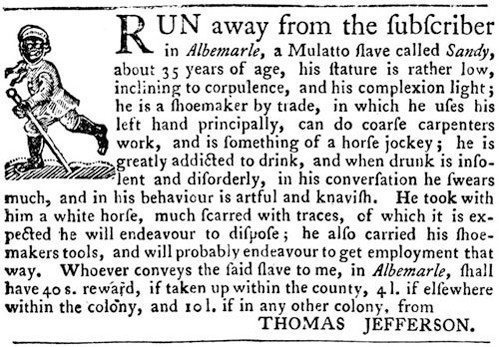
Yeah. The ad was written by Thomas Jefferson. I asked several historians where someone trying to escape slavery might go. In 1730-1740 slavery was everywhere, even in northern colonies. Florida was owned by Spain at the time and they did not have slavery, but travelling there would be incredibly difficult. There was a free Black community in Charles City (a Quaker community), but if you were running you might want to get farther away where fewer people knew you. People would try to stow away on a ship leaving City Point or Point of Norfolk to get to Philadelphia because bigger cities were easier to hide in under a new identity.
What’s in a Name?
When I was a child I watched the TV series Roots, based on the book by Alex Haley. It follows his ancestor, Kunta Kinte, was born in 1750 in the Mandinka village of Jufureh, in the Gambia and was enslaved and taken to Maryland colony in 1767. There is a famous scene where Kunta Kinte refuses to answer to his slave name, Toby.
Since slave owners viewed enslaved people as property, they had no qualms about renaming them. Here is a list of the families and their estimated value at the Shirley Plantation. You will note that the surnames are English, as they took the name of their owner. First names were English too, like Old Betty and Thomas. When I chose names for the Black characters in To Rescue a Witch, I used this list as a primary source and a guide.
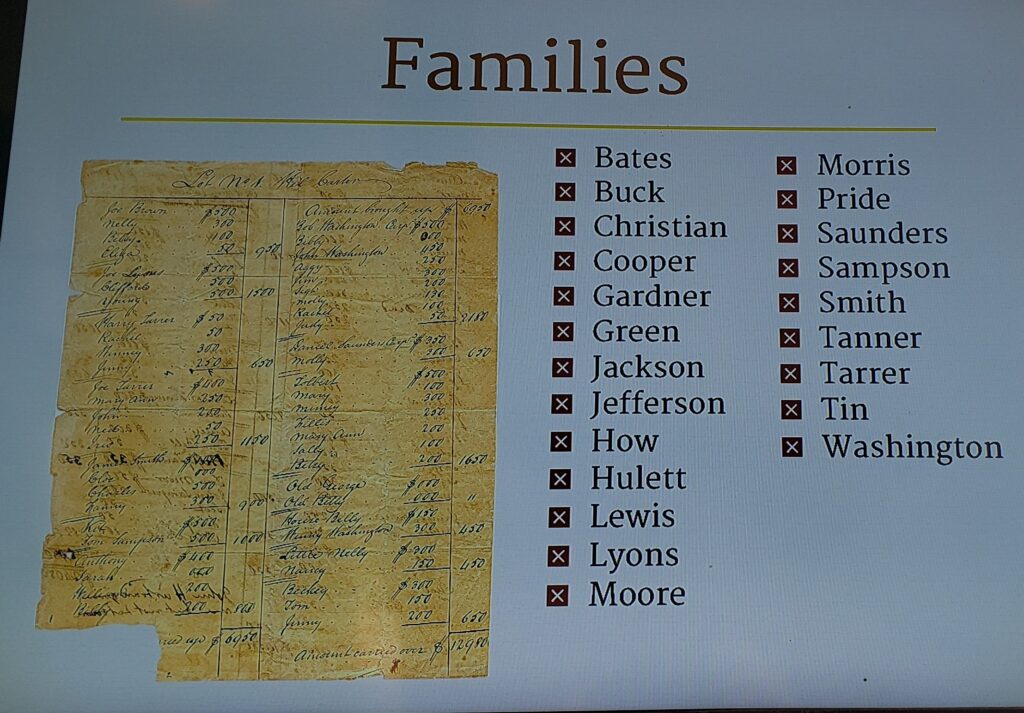
Things They Never Taught Me in School
I went to Colonial Williamsburg to speak with several historians and they helped clear up some misconceptions. For example, I thought that most enslaved people lived in the deep South, but no. I was surprised to learn that in 1750, 61% of all British North American slaves (almost 145,000) lived in Virginia and Maryland working on tobacco plantations. The historians I spoke with estimated that Williamsburg’s population had about 42% Black people.
While some Black people were free, it was a relatively small subset of the population. It’s estimated that in 1782 only 1,800 Black people were free, less than 1% of the population. To explore this topic more fully you can read about Virginia Museum of History and Culture’s Un/Bound Exhibit, which follows the stories of free Black Virginians within the broader society from 1619 to 1865.
I was also surprised to learn reading was legal for Black people in the 1730s and, depending on the job, encouraged. Cooks in particular were educated. Large households in Williamsburg (the capital) would host men in town for meetings of the House of Burgesses and the masters of the house would want to have the most fashionable dishes presented at their table. Enslaved cooks needed to be able to read long recipes in cookbooks for this purpose.
Benjamin Franklin suggested that Williamsburg establish a school for free and enslaved Black children, something I thought might have happened after the Civil War. The Bray School operated in the years between 1760-1774. As in all things related to slavery, education was through the filter of the master’s needs. The mission of the school was “to impart Christian education to Black children and for students to accept enslavement as divinely ordained.”
You can visit the Bray School, which has been restored and relocated. Find out more here: Williamsburg Bray School Initiative.
Life As An Enslaved Person
A lot of my understanding of slavery was based on memoirs written by formerly enslaved people.
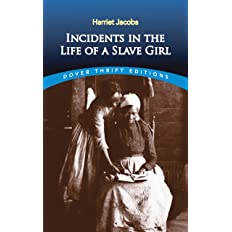
Incidents in the Life of A Slave Girl – Harriot Jacobs, 12 Years A Slave – Solomon Northup, the basis for the Academy Award winning movie and Three African-American Classics – Up From Slavery by Booker T. Washington, The Souls of Black Folk by W.E.B. Du Bois and Narrative of the Life of Frederick Douglass by Frederick Douglass. These primary sources detailed the horrors of slavery from the people who were subjected to it.
These memoirs were written over a century after the time period my novel is set in, so I had to cross reference laws and customs specific to Virginia in the 1730s.
In addition to visiting Colonial Williamsburg, I toured Shirley Plantation and interviewed the historian. In the 1600s most of the enslaved came from Angola but by the time my story takes place in the 1700s most of the enslaved people in Virginia were from Igbo village in the Bight of Biafra, although there was a significant Gambian population too. Based on this research I made my character, Chibuzo, come from Igbo village.
On this particular plantation, the owner “King Carter” preferred “Gambies” because they were taller and believed “Bites” were more difficult because they more likely to revolt, deliberately slow down their work, run away or break tools.
Here is a photo taken in the 1800s of the enslaved families living at Shirley Plantation.
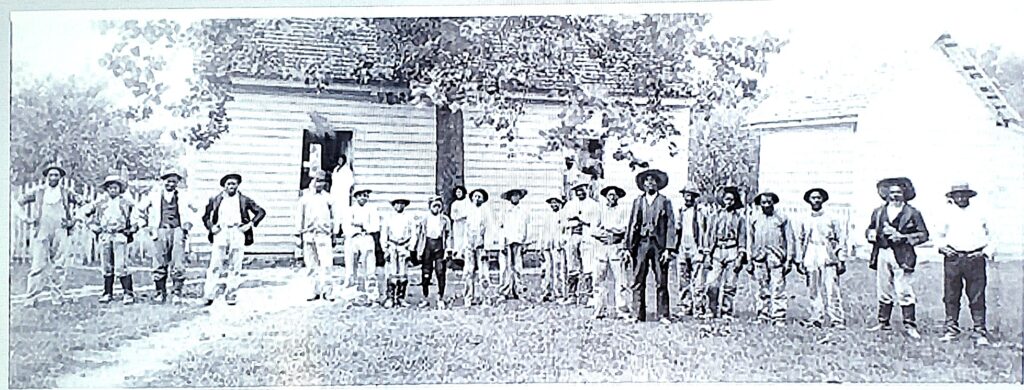
Everyone worked dawn to dusk, often later during harvest season. Food allotted was meager and they were expected to supplement their own diets with vegetables kept in their gardens. Those who worked in the Big House never got time off. They were always on call to fulfill the master and mistress’ needs.
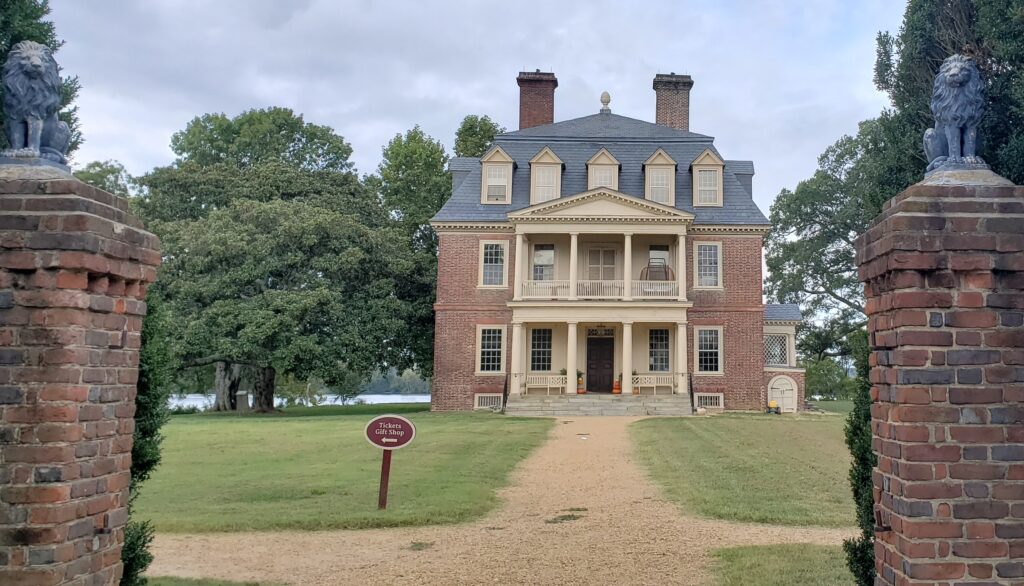
If you worked in the Big House, the master and mistress wanted to keep you close, so you would have slept in the attic above the kitchen building or the laundry building. As you can imagine, the attic was freezing in the winter and swelteringly hot in the summer. Here is a picture of the kitchen building.
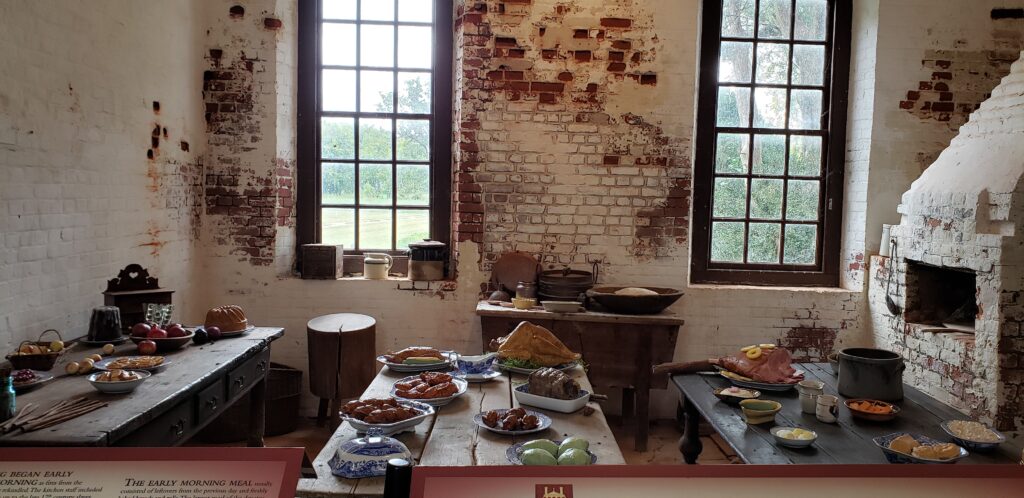
While the masters wanted domestic slaves close, they kept the field slaves fairly far away. Lots of plantations referred to slave quarters as “The Quarter” or some variation of that. Pictured is a diagram of the shared cabin they lived in.
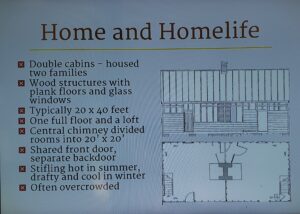
Those who worked in the fields got Sunday afternoons off. This is when they would tend gardens or, if allowed by their master, rent themselves out to other plantation owners. Some people were allowed to own chickens and sold extra eggs back to the Big House or white people in town to earn extra income for clothes, or in some cases, to save up to purchase their freedom. Often the masters would collect a portion of their earnings as the contingency to let them work for others.
Further Reading
Between 1936-1938, the writers interviewed 2,300 formerly enslaved people as part of a New Deal work project during the Great Depression. The WPA Slave Narratives includes first-hand accounts and includes more than 500 photographs.
There’s lots of information you can find on the 1619 Project website to show how slavery impacted America from 1619 through present day.
There are so many forgotten and untold stories. Historians focus on dates, politics and economics. Historical fiction writers, like me, research the facts and use our imagination to fill in the gaps so today’s readers can connect, empathize and learn from our ancestors.
If you’d like to see how some of this research was incorporated into my book, you can buy a copy on Amazon by clicking on the QR code or clicking here: To Rescue A Witch.
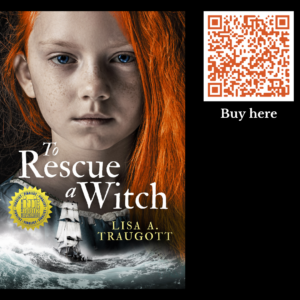
Do you like deep-dive posts about my historical research? If so, please let me know what topics you are interested in in the comments below.
Lisa 😉
Copyright (c) Lisa Traugott 2025. All rights reserved.